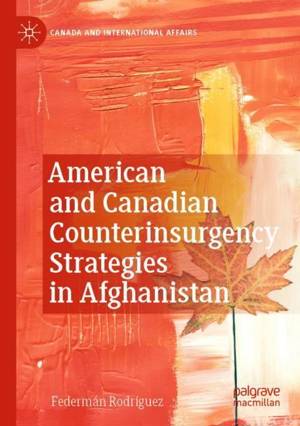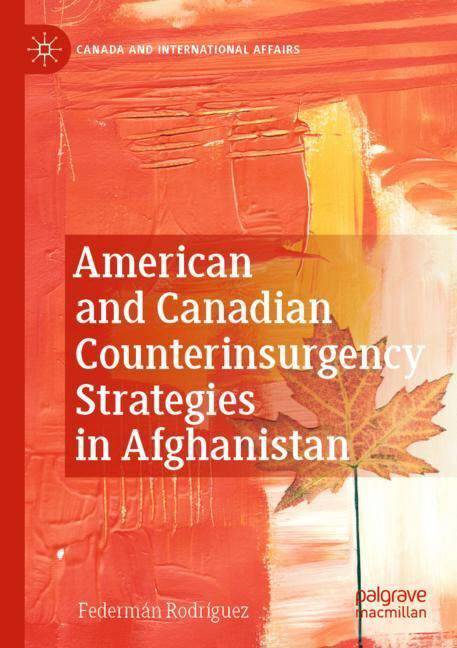
- Afhalen na 1 uur in een winkel met voorraad
- Gratis thuislevering in België vanaf € 30
- Ruim aanbod met 7 miljoen producten
- Afhalen na 1 uur in een winkel met voorraad
- Gratis thuislevering in België vanaf € 30
- Ruim aanbod met 7 miljoen producten
Zoeken
American and Canadian Counterinsurgency Strategies in Afghanistan
Federmán Rodríguez
€ 244,45
+ 488 punten
Uitvoering
Omschrijving
The book aims to explain the factors that brought about a high degree of similarity between American and Canadian foreign and security policies during the Afghanistan intervention. Specifically, it seeks to explain why, despite their different positions in the international distribution of power, the United States and Canada embraced similar counterinsurgency (COIN) strategies from 2005/2006 to 2011. During this time, the United States and Canada fought against insurgent groups, sought to maintain stabilized areas by mentoring Afghan forces, and invested in infrastructure and governance. These goals, which corresponded to the 'clear, ' 'hold, ' and 'build' COIN components, entailed sending troops and civilian officials to a war zone and committing financial resources.
Specificaties
Betrokkenen
- Auteur(s):
- Uitgeverij:
Inhoud
- Aantal bladzijden:
- 238
- Taal:
- Engels
- Reeks:
Eigenschappen
- Productcode (EAN):
- 9783031182815
- Verschijningsdatum:
- 2/11/2023
- Uitvoering:
- Paperback
- Formaat:
- Trade paperback (VS)
- Afmetingen:
- 148 mm x 210 mm
- Gewicht:
- 312 g

Alleen bij Standaard Boekhandel
+ 488 punten op je klantenkaart van Standaard Boekhandel
Beoordelingen
We publiceren alleen reviews die voldoen aan de voorwaarden voor reviews. Bekijk onze voorwaarden voor reviews.








